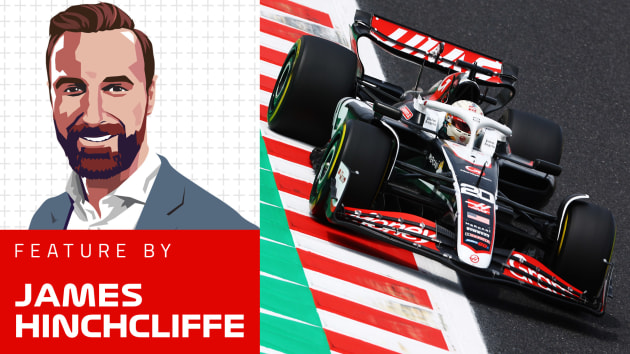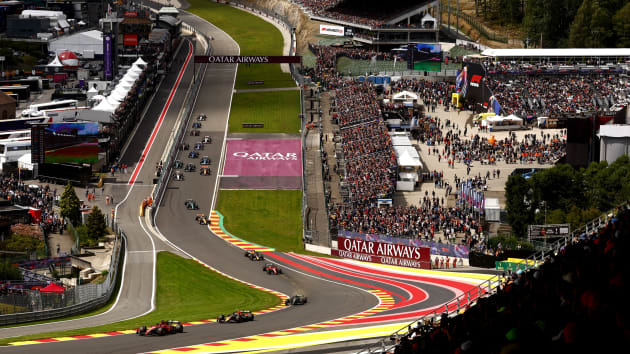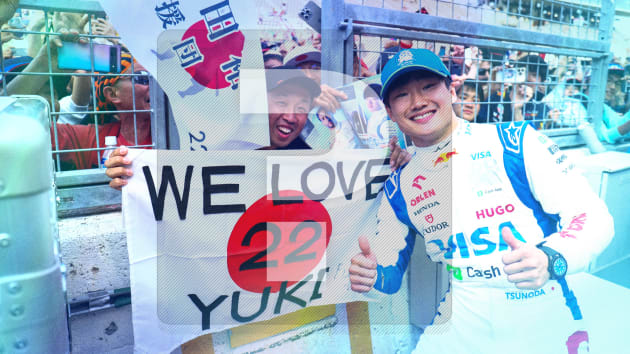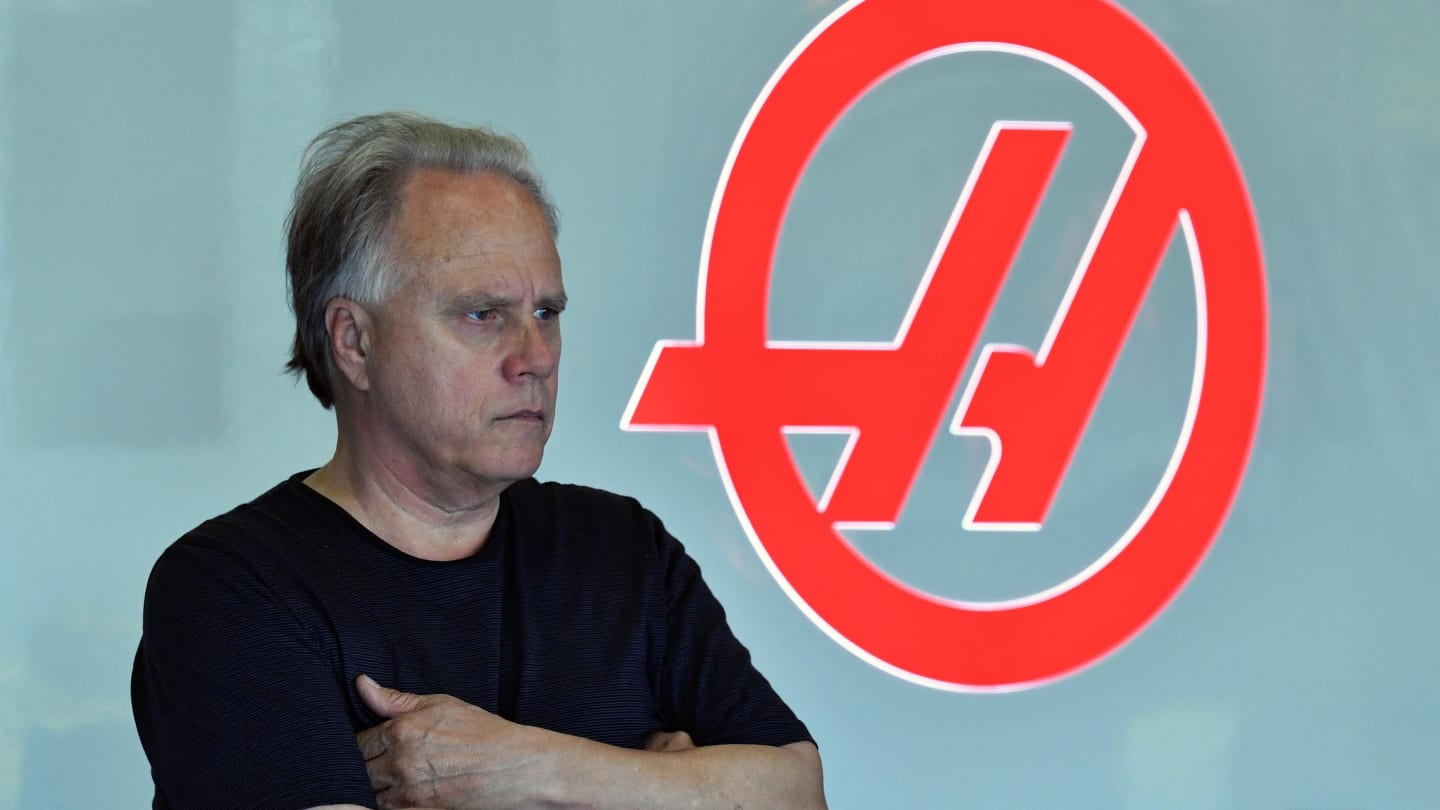
Interview
SUNDAY CONVERSATION: Gene Haas on staying humble and racing on his own terms
Share

Ferrari may have won the race, but Haas stole many of the headlines at the season opening race in Australia with their speed, with their car design - and ultimately with their heart-breaking exits. Having lost so many valuable points, you might expect Gene Haas to be disheartened, but the reality is very different. Ahead of round two in Bahrain, David Tremayne sat down with the self-made machine tools magnate turned team boss to find out what makes him tick…
In Australia recently, Gene Haas’ F1 team hit the headlines for the wrong reasons, when human error saw not just one but both cars eliminated from the race because of cross-threaded wheelnuts.
It was a disaster that cost them not just 22 points – almost half of what they had scored in the whole of 2017 – but equal billing in the points table with… Mercedes.
“That was heart-breaking,” Haas admits. “Like losing the Masters on the final putt. And when the first one happened, it kinda spooked the guys and led to the second one. For sure we are really going to be missing those 22 points by the end of the season…”
Managing a laugh, he looks over at Team Principal Guenther Steiner and adds: “But Guenther has promised to make it up by scoring 10 points in every race from now on. But really, you’ve just got to get over it, and move on.”
If you look at the positives - that both cars were running in fourth place behind Mercedes and Ferrari and ahead of Red Bull when the race began to unravel, and they were quick again this weekend in Bahrain - it’s a clear indication that the Haas that Gene built was continuing on track as F1’s most successful new contender since Stewart in 1997.
The philosophy that has seen the F1 team’s sister outfit setting the pace in NASCAR with four wins in six races this season, is clearly standing them in very good stead in F1 too. Where Marussia/Manor, Caterham and HRT eventually failed to make a go of manufacturing their own chassis in its entirety, Haas have shown that the optional route - buying the maximum permissible technology from Ferrari and having Dallara complete the package - can be made to work. And work well.
It’s unfair to compare Haas directly to them, however, because they came in on the back of then FIA President Max Mosley’s promise of a $40 million budget cap which never materialised. But when you compare the team with heavy hitters such as Jaguar and Toyota, the 21st century’s other newbies, the latter don’t stack up so well despite their huge budgets.
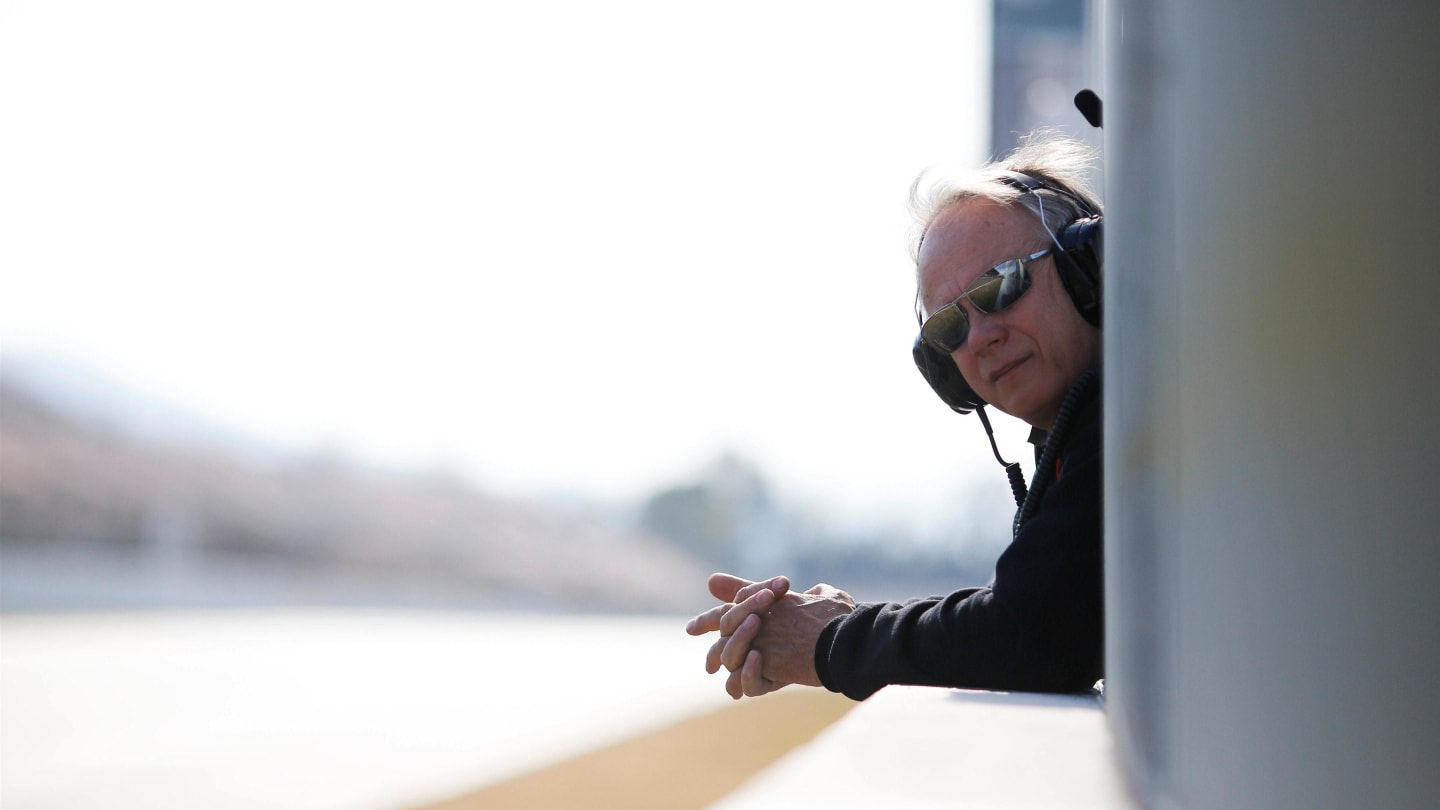
So we came better prepared, which is probably why we scored those points early on
Haas on the outfit's strong start to life in F1
When the increasingly successful Stewart team were rebranded as Jaguar for 2000, they scored only four points against the 36 Stewart had garnered in their final season in 1999; 2001 brought nine points; 2002 eight; 2003 18; and 2004 10. Even with the adjusted scoring system, not a massive haul.
Toyota, with an estimated $500 million annual spend (bigger even than Ferrari’s), scored two points in their debut season in 2002; 16 in 2003; nine in 2004; 88 in 2005; 35 in 2006; 13 in 2007; 56 in 2008; and 59.5s in 2009.
You get the picture.
By any standard, Haas did well in 2016 as they took eighth overall with 29 points, even if you allow for the skew of revised points-scoring structures. And they could have been better still, with better reliability.
Last year they were eighth again, with a respectable 47 points that left them close to Renault on 57 and Toro Rosso on 53, and ahead of McLaren on 30.
So how has an American businessman succeeded where other equally ambitious entities failed?
His involvement with racing peaked in 1975 as a Formula 5000 mechanic machinist at the Long Beach Grand Prix, when the 22 year-old from Youngstown, Ohio, had graduated in accounting and finance from California State University Northridge, having switched his major from engineering to business after Lockheed nearly went bust.
“I was with Wrangler Racing, with Randy Lewis. I went on that tour for a bunch of years and that was the first Long Beach Grand Prix that year, and then in 1976, the Formula 1 guys came out,” he recalls. “The whole experience was actually from high school to about 1975. I used to work with Red LeGrand who had an operation near Hollywood building the D sports racers and Formula Fords. I was just sitting there making stuff, welding things together, and those were the days you could do a Formula 5000 part for $2,000.”
He got to go all over the United States.
“That was a fun time. But after ’75 I started with manufacturing and machine tools. Then I really didn’t get involved [in racing] again until like 1995 with Rick Hendrick and the 24 car in NASCAR.”
In the intervening years he had parlayed a simple, self-made machine tool indexer into Pro-Turn Engineering in 1978, which mass-produced them with employees Tony Cortez and Abel Bugarin. That in turn evolved into the lucrative Haas Automation business which went on to create innovative machine tools.
He is today a hugely successful businessman who has made a fortune, and he isn’t about to turn that into a smaller one because of an F1 vanity project. He’s here because it makes sense for him to be, and he’s going to make it work. The Haas F1 team is an extension of Haas Automation that is intended to boost its image and sales worldwide. They have integrated quickly into the Piranha Club.
“Well, we had a lot of time,” Haas says with self-deprecation, referring to the decision to delay entry by a year. “We took more time than probably necessary but it’s just the way it worked out and it gave us a lot of time to develop relationships with our suppliers and with our equipment. So we came better prepared, which is probably why we scored those points early on. Everything was just fresh, new, ready to go. I think it was probably because a lot of our competitors at the start of the season were a little bit behind, so we were way ahead for the first few races and had an advantage.”
But, crucially, after Romain Grosjean finished sixth in Austria, fifth in Bahrain and then eighth in Russia, in the opening four races, he also took seventh in Austria mid-season and 10th later in America. So it wasn’t entirely a matter of everything coming at a stage when others were less prepared or less reliable.
If there was a big surprise along the way, Haas says it was how easily they got their first 28 points. “That was kind of surprising because later it seemed like it was almost impossible. Other than that, I’ve not been too surprised about anything. It’s a lot of work to go to these races and the distances. I think I’m not so much surprised as dismayed how hard that can be.”
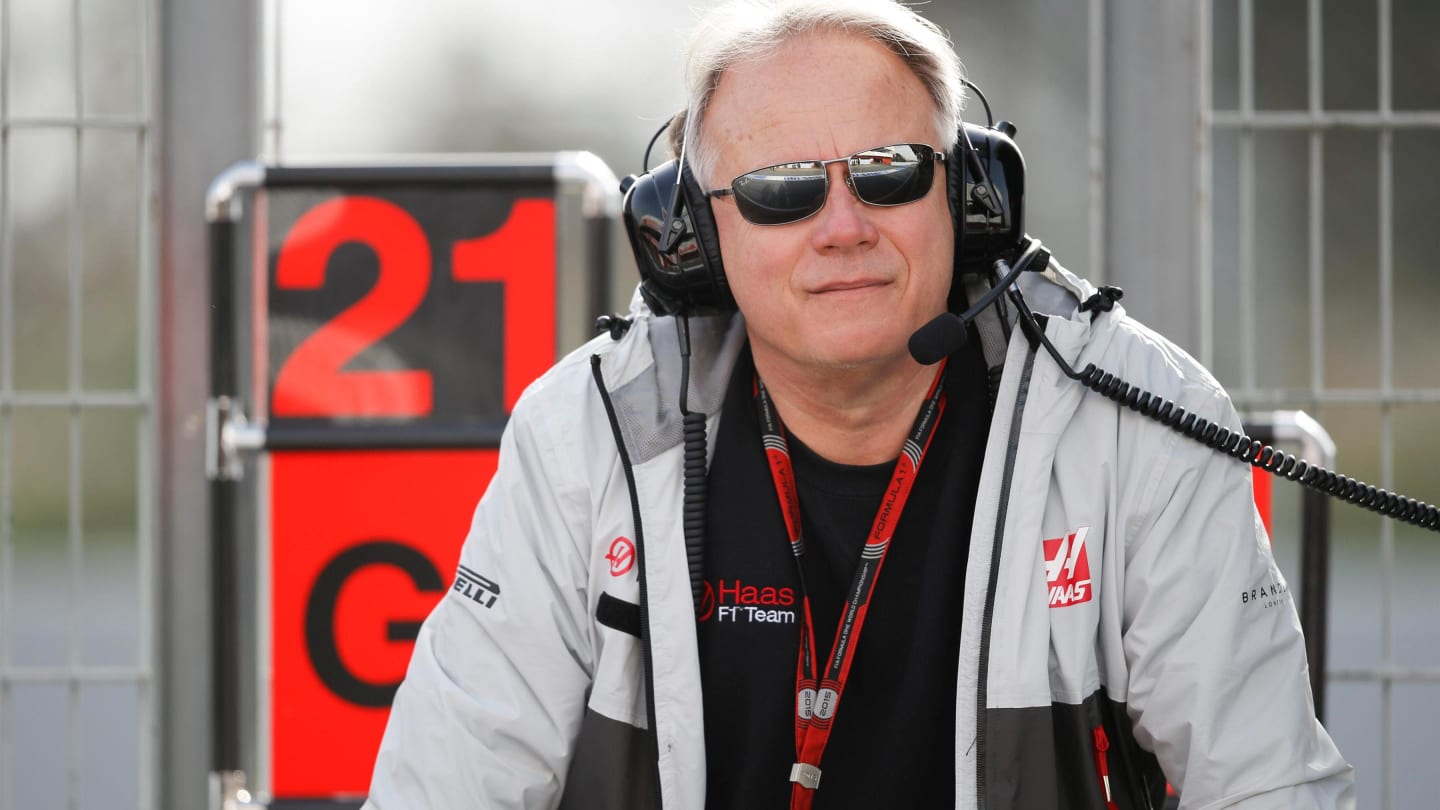
I think every time I boast about something, I eat my words. So I just got tired of that
Haas on keeping a low profile
In some ways, his situation mirrors that of Tony Vandervell with his Vanwalls back in the Fifties, the big industrialist using the sport to showcase his company’s technology.
“Well,” he agrees, “if you look on these engines, the way they’re made, they all involve machine tools very heavily and every block is meticulously machined, every single nook and cranny. We produce machine tools that do that, so you look at all of these complex little parts and there is a direct relationship to machine tools and the technical side of the car. It’s a perfect fit.”
As a team owner in both disciplines, he notes: “One thing about NASCAR is they have got a lot better at going from show to show. In F1 they take these garages out of these little containers and hand assemble every one, and then three days later they disassemble it all. With NASCAR, we pull up a hauler and we operate out of it, and at the end of the day we put everything back in the hauler. I guarantee you one hour after the race, most of the haulers are gone. Here, they’re still disassembling for another eight or 10 hours. To me it’s like wow, we have got to rethink that one.”
Naturally, the subject of an American driver in an American team arises quickly. How important might that be?
“You know, a lot of that would depend upon sponsorships. I think it could bring a lot more interest because everybody keeps asking me that question. Maybe it’s like a Tiger Woods syndrome. We want to see an American in an American team do an American race, so yeah, it would bring a lot of viewership. But the problem is that fundamentally there’s not that many American drivers.”
Whenever the cameras are upon him, Haas effects a deadpan expression. But a very sharp mind is at work behind that façade. Yet when he attended the press conference at his first race, in Melbourne in 2016, he said how humble he felt sitting amongst all of the other famous team managers, and his modus operandi ever since has been to maintain a low profile, keep it zipped and just get on with the learning process without offering big comments and opinions.
“It’s so easy to under-deliver in this business,” he warns. “If you brag about stuff, you become humble real quick, just like that. Races go bad so fast. I think every time I boast about something, I eat my words. So I just got tired of that.”
One of his most endearing aspects is that he is so down to earth that he doesn’t resort to the habitual F1 pose of bigging himself up. Far from it. He has no illusions about who he is, or where his true strengths lie, and no need to massage his own ego.

10 years from now, I think we can be just like we were in NASCAR and we could actually win a championship
Haas on his team's ambitions
“There are some people who are very forceful that can deliver a message and get people to follow. I’m not like that. I’m not what they call a charismatic leader, but I can figure out how to do things on my own and I’m smart enough to do that. It’s kind of like in Formula 1, this is probably the most untraditional way of doing it, actually starting your own team, but it’s pretty typical of how I did everything. It’s the same thing with machine tools.
“Put me in the seat and I can get the job done. I do it on my own terms and I’m not here to turn Formula 1 on its head. But 10 years from now, I think we can be just like we were in NASCAR and we could actually win a championship. It sounds incredible, but that’s how we did it in NASCAR. You have just got to stick to it.”
And there, perhaps, is his secret, that desire for longevity rather than making a big splash at the earliest opportunity.
“A lot of times in this kind of business,” he observes, “durability is more important than flamboyancy. Just keep doing it and keep doing it. A lot of times your competitors will drop out before you will.”
It also helps if you are a good delegator, as he is, and have good judgement of people, so that you make sure the right people are in the right seats on the bus, and then empower them to do the job you selected them to do.
Ask him if he is passionate about Formula 1, and he considers the question carefully and does not come up with the response you might expect.
“I don’t know,” he says eventually, after a period of cogitation. “I don’t think I’m passionate, like some people get really excited. But then, I don’t get discouraged, either. So it’s kind of like I’m more level-headed. People have all these expectations and then when they find out their expectations aren’t met, they go in another direction. I just stay the course.”
And therein lies a message that ought to give his immediate rivals pause for thought. They can call his cars ‘white Ferraris’ all they like, but he isn’t going away and his Banbury-based squad aren’t going to be deflected from their course by a bit of professional jealousy.
It would be wise not to under-estimate what a quiet engineer and his team might achieve as they continue to pursue the American dream.
YOU MIGHT ALSO LIKE
FeatureF1 Unlocked HINCH’S HEROES: Who does Indycar star James Hinchcliffe reckon was super at Suzuka?
Feature The key differences and stand outs from the 2025 F1 calendar
FeatureF1 Unlocked THIS WEEK IN F1: 10 tricky quiz questions on the Japanese Grand Prix

Feature Fashion, tigers and Alonso’s words of wisdom – Getting to know the real Zhou Guanyu

